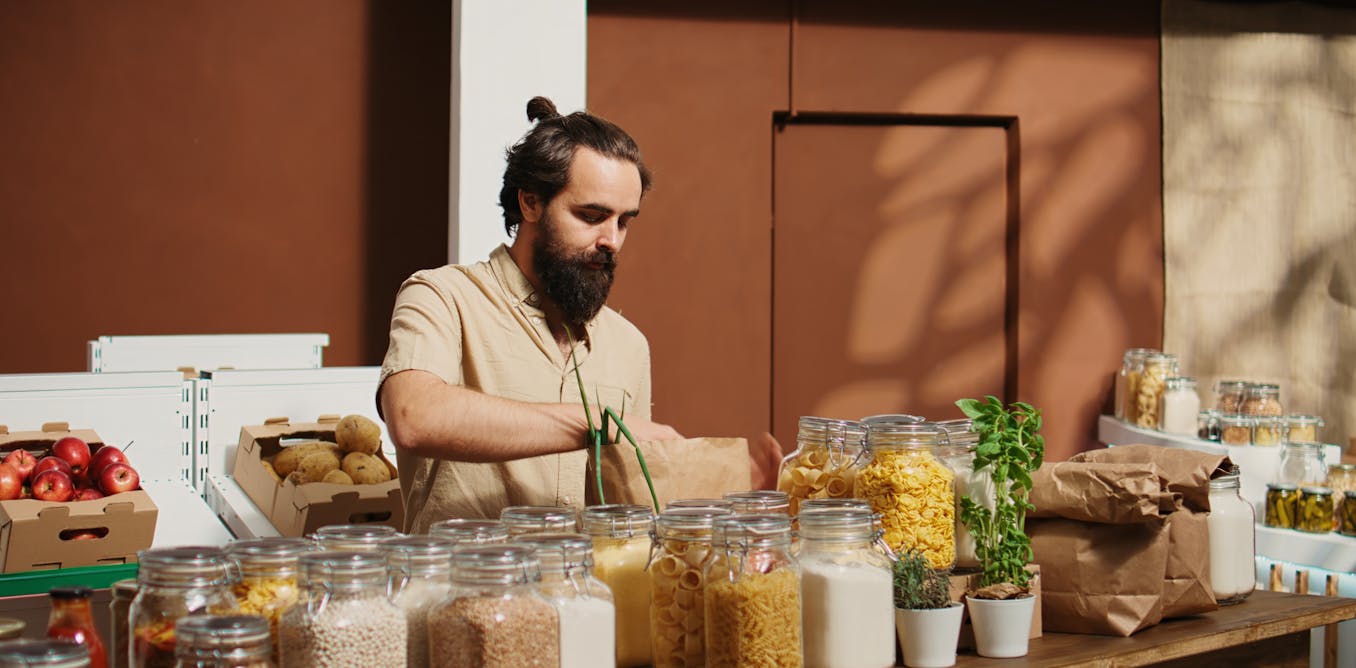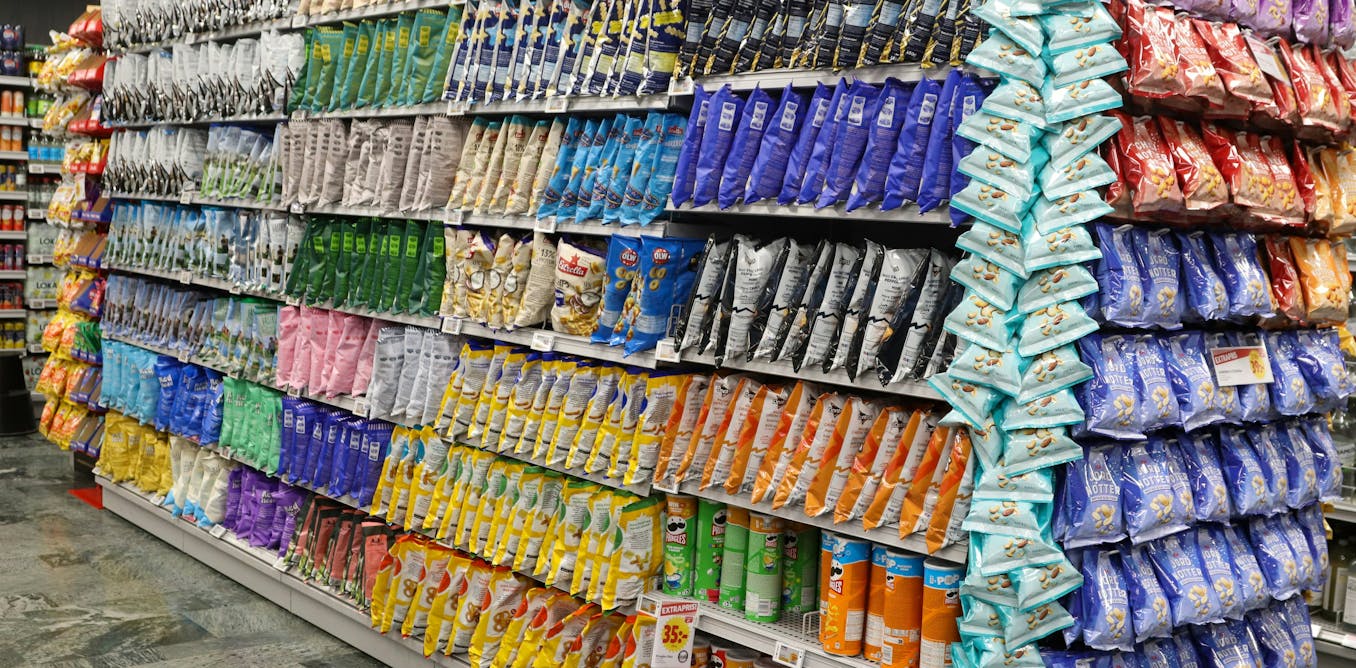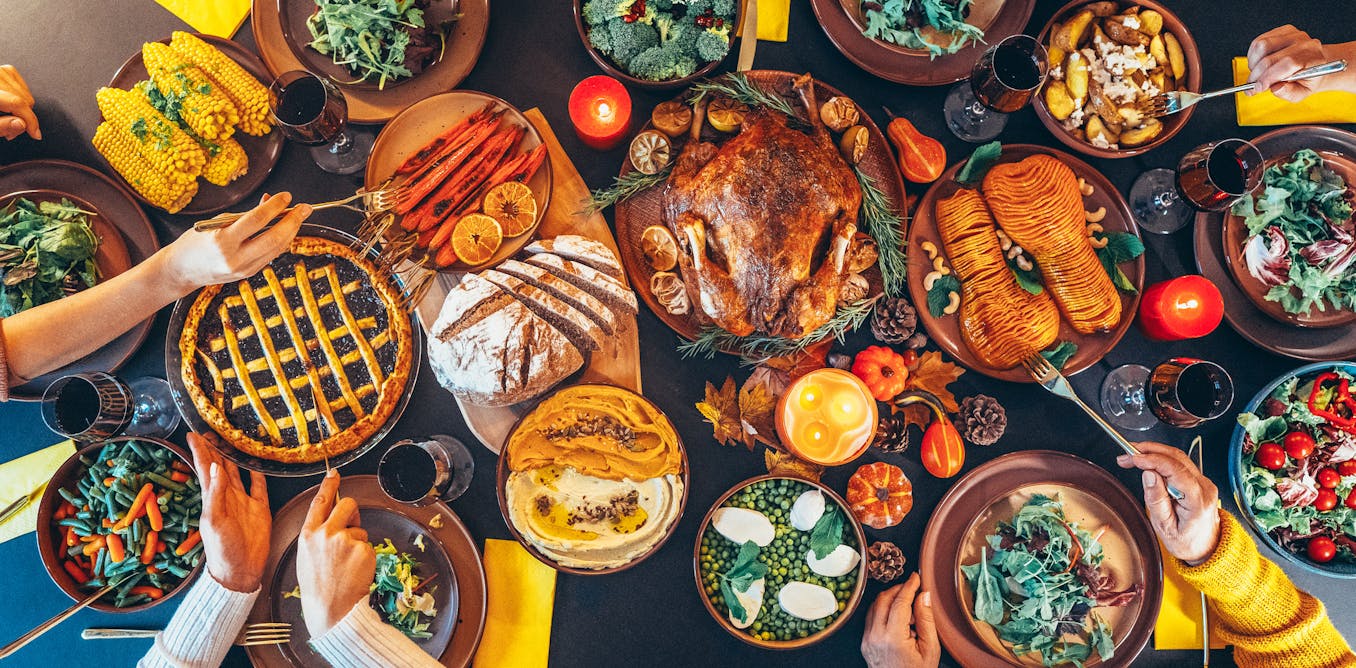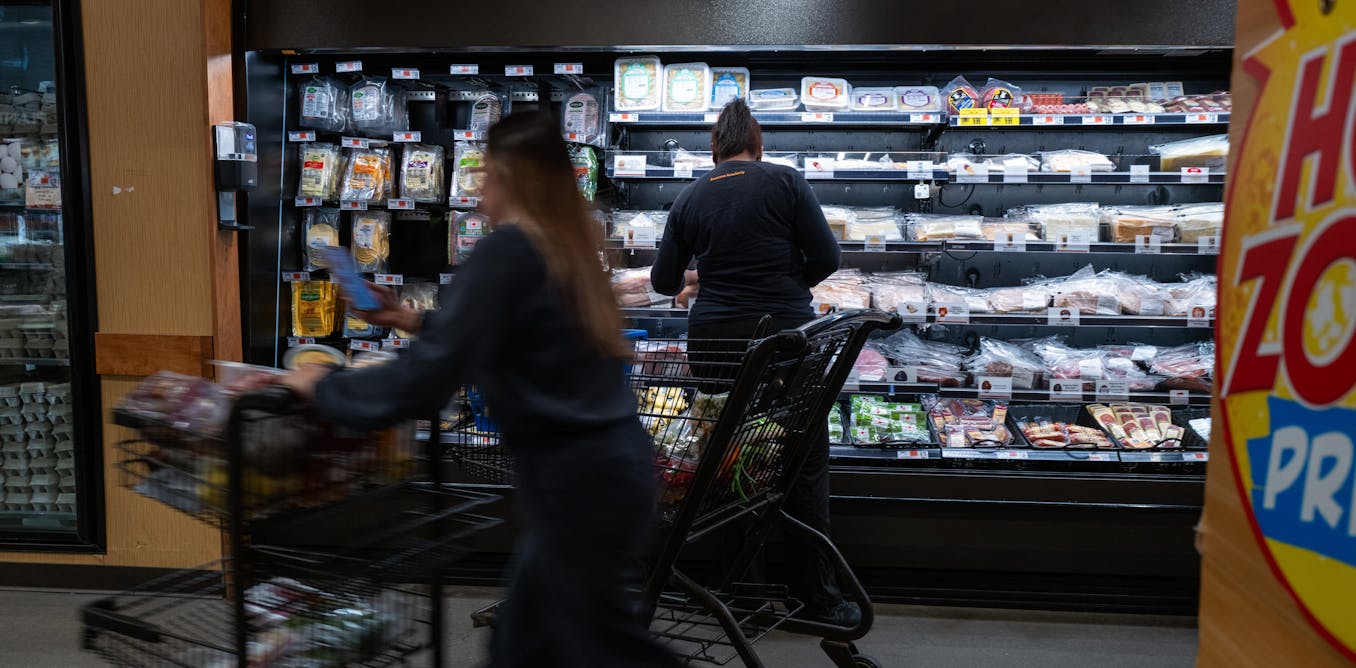The bulk distribution model has been in the news again lately, with well-known brands such as The Laughing Cow making their way into French supermarkets. Stakeholders in the bulk sector are seeking to introduce innovations in order to expand and democratise the concept. But is the bulk model such a clear-cut approach to consuming in a sustainable way?
Bulk can be described as a consumer practice with a lower impact on the environment, since it involves the sale of products with no packaging, plastic or unnecessary waste and the use of reusable containers by consumers. In this type of distribution, predetermined manufacturer packaging becomes a thing of the past.
In this model, distributors and consumers take on the task of packaging the product themselves to ensure the continuity of the multiple logistical and marketing functions that packaging usually fulfils. Unaccustomed to this new role, stakeholders in the bulk sector may make mistakes or act in ways that run counter to the environmental benefits that are generally expected to result from this practice.
Contrary to the usually positive discourse on bulk products, our research points to the perverse and harmful effects of bulk distribution. When bulk stakeholders are left to “cope with” this new task of packaging products, can bulk still be described as ecologically sound?
A new approach to packaging
Packaging has always played a key role. It performs multiple functions that are essential for product distribution and consumption:
-
Logistical functions to preserve, protect and store the product: packaging helps to limit damage and loss, particularly during transport.
-
Marketing functions for product or brand recognition, which is achieved by distinctive colours or shapes to create on-shelf appeal. Packaging also has a positioning function, visually conveying a particular range level, as well as an informative function, serving as a medium for communicating a number of key elements such as composition, best-before date, etc.
-
Environmental functions, such as limiting the size of packaging and promoting certain types of materials – in particular recycled and recyclable materials.
In the bulk market, it is up to consumers and distributors to fulfil these various functions in their own way: they may give them greater or lesser importance, giving priority to some over others. Insofar as manufacturers no longer offer predetermined packaging for their products, consumers and distributors have to take on this task jointly.
Assimilation or accommodation
Our study of how consumers and retailers appropriate these packaging functions used a variety of data: 54 interviews with bulk aisle and store managers and consumers of bulk products, as well as 190 Instagram posts and 428 photos taken in people’s homes and in stores.
The study shows that there are two modes of appropriating packaging functions:
GaldricPS/Shutterstock
Some consumers reuse industrial packaging, such as egg cartons and detergent cans, because of their proven practicality. But packaging may also mirror its owners’ identity. Some packaging is cobbled together, while other packaging is carefully chosen with an emphasis on certain materials like wax, a fabric popular in West Africa and used for reusable bags.

A weekly e-mail in English featuring expertise from scholars and researchers. It provides an introduction to the diversity of research coming out of the continent and considers some of the key issues facing European countries. Get the newsletter!
Once packaging disappears, so does relevant information
Appropriating the functions of packaging is not always easy. There is a “dark side” to bulk, with possible harmful effects on health or the environment, and social exclusion. Bulk can lead, for example, to hygiene-related problems or misinformation when consumers fail to label their jars correctly, or use packaging for another purpose. For example, using a glass juice bottle to store detergent can be hazardous if a household member is unaware of its contents.
Bulk shopping can also appear exclusive for people with less culinary education. (High-income professionals over the age of 50 make up 70% of all consumers of bulk products.) Once the packaging disappears, so does the relevant information. Some consumers actually do need packaging to recognize, store and know how to cook a product. Without this information, products may end up in the garbage can!
Our study also shows the ambivalence of the so-called “environmental function” of bulk shopping – the initial idea being that bulk should reduce the amount of waste generated by packaging. In fact, this function is not always fulfilled, as many consumers tend to buy a great deal of containers along with other items, such as labels, pens and so on, to customise them.
Some consumers’ priority is not so much to reuse old packaging, but to buy new storage containers, which are often manufactured in faraway lands! The result is the production of massive amounts of waste – the exact opposite of the original purpose of the bulk trade.
Lack of consumer guidance
After a period of strong growth, the bulk sector went through a difficult period during the Covid-19 pandemic, leading to closures for many specialist stores in France, according to a first survey on bulk and on reuse. In supermarkets though, some retailers invested to make their bulk aisles more attractive – though in the absence of any effective guidance, consumers failed to make them their own. Bulk aisles have become just one among a host of other aisles.
Things seem to be improving however, and innovation is on the rise. In France, 58% of the members of the “Bulk and Reuse Network” (réseau Vrac et réemploi) reported an increase in daily traffic between January and May 2023 compared with 2022.
Distributors need to adapt to changing regulations. These stipulate that, by 2030, stores of over 400 m2 will have to devote 20% of their FMCG (Fast-Moving Consumer Goods) sales areas to bulk sales. Moreover, bulk sales made their official entry into French legislation with the law on the fight against waste and the circular economy (loi relative à la lutte contre le gaspillage et à l’économie circulaire) published in the French official gazette on February 11, 2020.
In this context, it is all the more necessary and urgent to support bulk stakeholders, so that they can successfully adopt the practice and develop it further.

The post “No packaging, no problem? The potential drawbacks of bulk groceries” by Fanny Reniou, Maître de conférences HDR, Université de Rennes 1 – Université de Rennes was published on 06/11/2025 by theconversation.com





































Leave a Reply